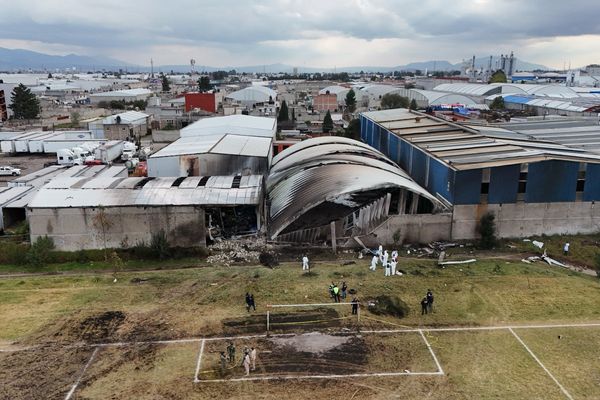
New research suggests the interior of Mars is far messier than scientists once believed. Instead of neat, layered structures, perhaps resembling a smooth slice of Millionaire's Shortbread, Mars' mantle is more like a rocky road brownie — chunky, uneven, and filled with ancient debris from its violent beginnings.
The discovery comes from seismic data collected by NASA's InSight lander, which operated on Mars from 2018 and 2022. Researchers from Imperial College London analyzed waves from eight particularly clear marsquakes, noting interference patterns consistent with a mantle riddled with large fragments of different materials. Those fragments are estimated to be up to 2.5 miles (4 kilometers) wide.
The team suggests these fragments formed in Mars' early days, when the world was bombarded by planet-size objects. "These colossal impacts unleashed enough energy to melt large parts of the young planet into vast magma oceans," lead researcher Dr. Constantinos Charalambous said in a statement. "As those magma oceans cooled and crystallized, they left behind compositionally distinct chunks of material — and we believe it’s these we're now detecting deep inside Mars."
On Earth, plate tectonics constantly mix the crust back into the mantle through subduction zones. Mars, however, has a static interior. "What happened on Mars is that, after those early events, the surface solidified into a stagnant lid,” said Charalambous. "It sealed off the mantle beneath, locking in those ancient chaotic features — like a planetary time capsule."
In other words, now, using Red Planet seismic data, we can "see" back in time some 4.5 billion years.
"InSight's data continues to reshape how we think about the formation of rocky planets, and Mars in particular,” Dr. Mark Panning of NASA’s Jet Propulsion Laboratory, which led the InSight mission, said in a statement. "It's exciting to see scientists making new discoveries with the quakes we detected!"
The team's research was published in the journal Science on Aug. 28.







